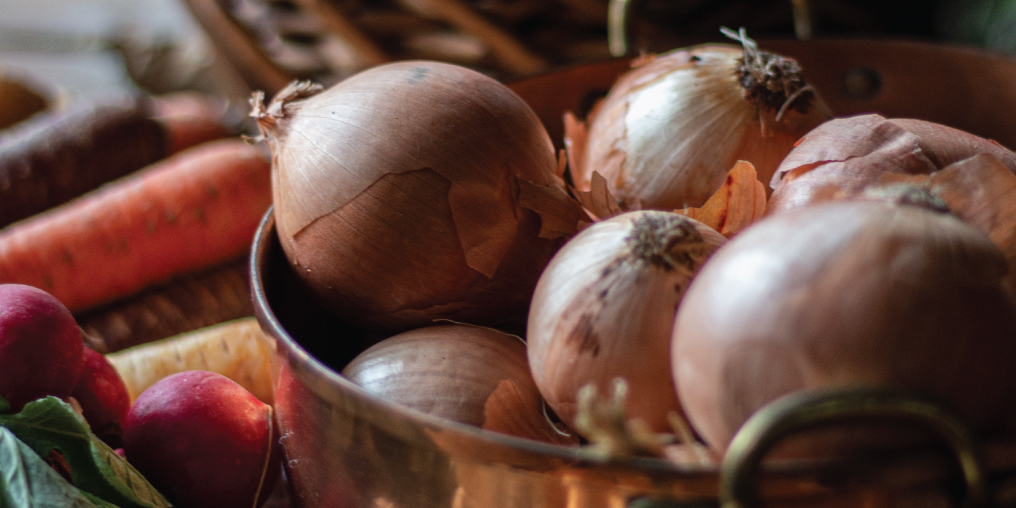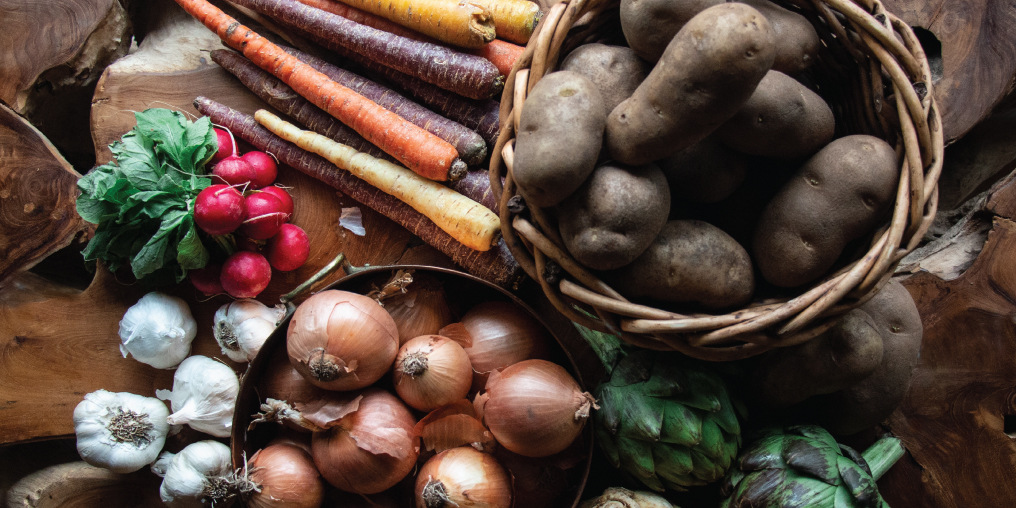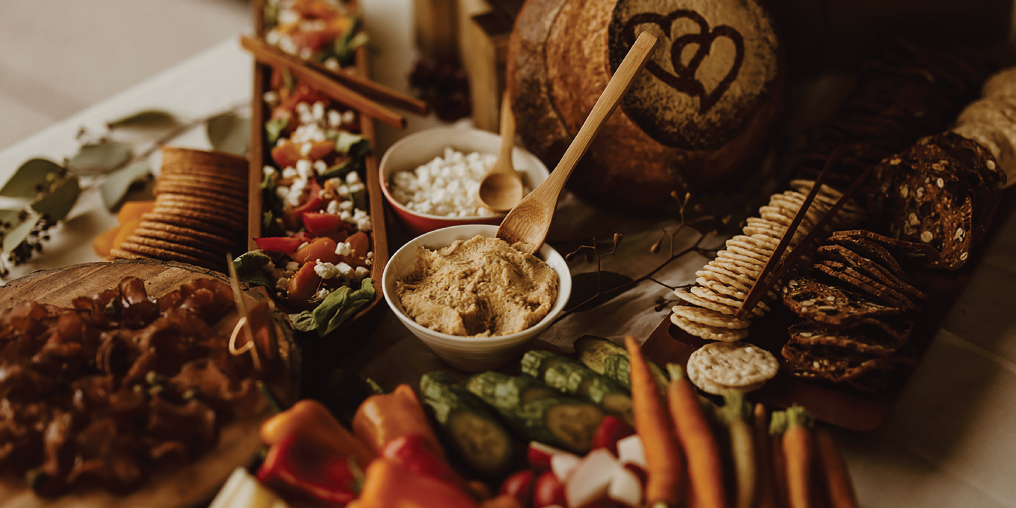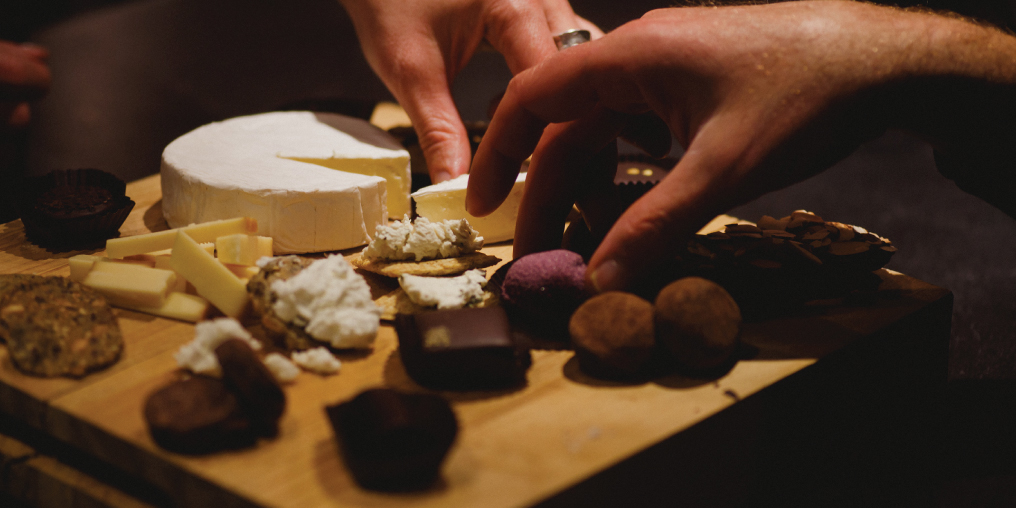Q: What do beets, parsnips, turnips, rutabagas, carrots, yuca (cassava), kohlrabi, onions, garlic, celery root (or celeriac), horseradish, turmeric, jicama, Jerusalem artichokes, radishes, ginger, yams, and sweet potatoes have in common?
A: Generations of children have sat at the dinner table for lengthy periods of protest over these outcast foods. But there’s a lot to love about root vegetables.
Apart from plain old potatoes, many root veggies have a bad rap for tasting earthy and bitter. Most varieties have thick, strange-looking skin and long stems sprouting leaves—some even look a little on the extraterrestrial side.
Beyond looks and reputation, root vegetables are some of the most nutrient-dense vegetables in the world. They are also versatile in the kitchen and absolutely delicious. That’s right, vegetables like parsnips, turnips, and rutabagas are, in fact, delicious.
My five-year-old self would gag at the thought, but now I get excited when cooler weather sets in and winter root vegetables start sprouting up in backyard gardens, at farm markets, and in local grocery stores. While most roots are available year-round, their peak season is fall through spring. Beets are the exception, being at their best summer through fall.
Grown underground, root vegetables absorb nutrients from the soil. This packs them with a high concentration of antioxidant and anti-inflammatory vitamins, minerals, and nutrients. They are also filled with slow-burning carbohydrates and gut-friendly fibre that fill you up and help regulate blood sugar and digestion. They can be eaten raw, roasted, steamed, or sautéed. Rumour has it that you can make kohlrabi into mean oven-baked fries.
The many high-octane health benefits of root vegetables become even more powerful when consumed in conjunction with each other.
I like to roast a mixture of chunky root veggies, like onions, garlic, carrots, parsnips, and yams, to serve alongside poultry. I also enjoy a hearty helping of mashed rutabagas and potatoes seasoned with butter, salt, pepper, and a pinch or two of fresh dill.
It’s impossible to eat the bounty of fall and winter root vegetables all at once, but fortunately they keep for a very long time. Storing them properly will help retain the farm-fresh flavour and prolong the amount of time they keep at home.
Here are the best ways to store some of the most popular
root vegetables:
BEETS, CARROTS, PARSNIPS AND TURNIPS
Cut off the leafy tops and brush off any loose dirt. Place unwashed roots in boxes layered with slightly damp sand. Dry leaves or sawdust can also be used. Store in a cool location, like a basement or garage. Check regularly for spoilage, moisture, or dryness.
GARLIC AND ONIONS
Garlic needs a cool, dark place. If you have a good haul, store in baskets. If you like to keep one or two bulbs on the kitchen counter, consider storing in a terra cotta pot with a lid and ventilation holes.
Onions should be placed in a basket or mesh produce bag located in a low-light, low-temperature environment.
Both roots should be stored away from other vegetables to preserve them longer.
GINGER
Whole, unpeeled ginger root lasts longer when placed in a resealable plastic bag, without air, in the crisper drawer of the fridge.
For a never-ending supply of ginger, you can plant a ginger root in a small pot and keep it on the windowsill. Like any other houseplant, it will send up shoots and leaves. Whenever you need ginger, lift the plant, cut off a piece of the root, and return it to its pot. As long as you keep your plant watered, you’ll have a steady supply of ginger.
SWEET POTATOES AND YAMS
Store these roots in baskets in a cool, dark place with good ventilation.
RADISHES
Remove the greens, brush or wash off any soil, place in a bowl, cover with a damp towel, and store in the fridge.

CREAMY CARROT-GINGER SOUP
DAIRY FREE, GLUTEN FREE, EXTRA DELICIOUS
This sweet and sassy soup makes a simple and delicious meal for a mid-winter’s night. And it’s packed with the goodness of three roots: carrot, ginger, and turmeric.
INGREDIENTS
· 8 to 10 carrots, washed and peeled
· 3 tablespoons olive oil, divided
· 2 teaspoons sea salt, divided (plus more to taste)
· Black pepper to taste
· 1 large yellow onion, finely diced (approx. 2 cups)
· 5 stalks celery, finely diced (approx. 1 heaping cup)
· 1 to 2 inches fresh ginger, peeled and grated
· 1/2 teaspoon turmeric
· 1 can unsweetened coconut milk, stirred
DIRECTIONS
Heat oven to 425ºF.
Trim ends off each carrot and roughly chop into 2-inch pieces. Cut each piece lengthwise, and transfer to a rimmed sheet pan lined with parchment paper.
Toss carrots with 1 tablespoon olive oil, 1 teaspoon salt, and as much pepper as desired.
Roast for 25 minutes, or until edges begin to caramelize.
While carrots are roasting, heat 2 tablespoons olive oil in a soup pot over high heat along with onions, celery, and ginger.
Once onions, celery, and ginger start to sizzle, turn heat to low, season with a pinch of salt, and stir. Sauté for 10-15 minutes, stirring occasionally to ensure vegetables aren’t sticking or browning. Once softened, add turmeric and stir to combine.
Add coconut milk and roasted carrots.
Stir.
Fill empty coconut-milk can with water and add to pot. Do this again. Add remaining teaspoon of salt, and bring to a simmer.
Remove pot from heat and use an immersion blender to purée until smooth.
Spoon into bowls and garnish with fresh parsley and cracked black pepper.
Serve with your favourite crusty (GF) bread and a salad.





